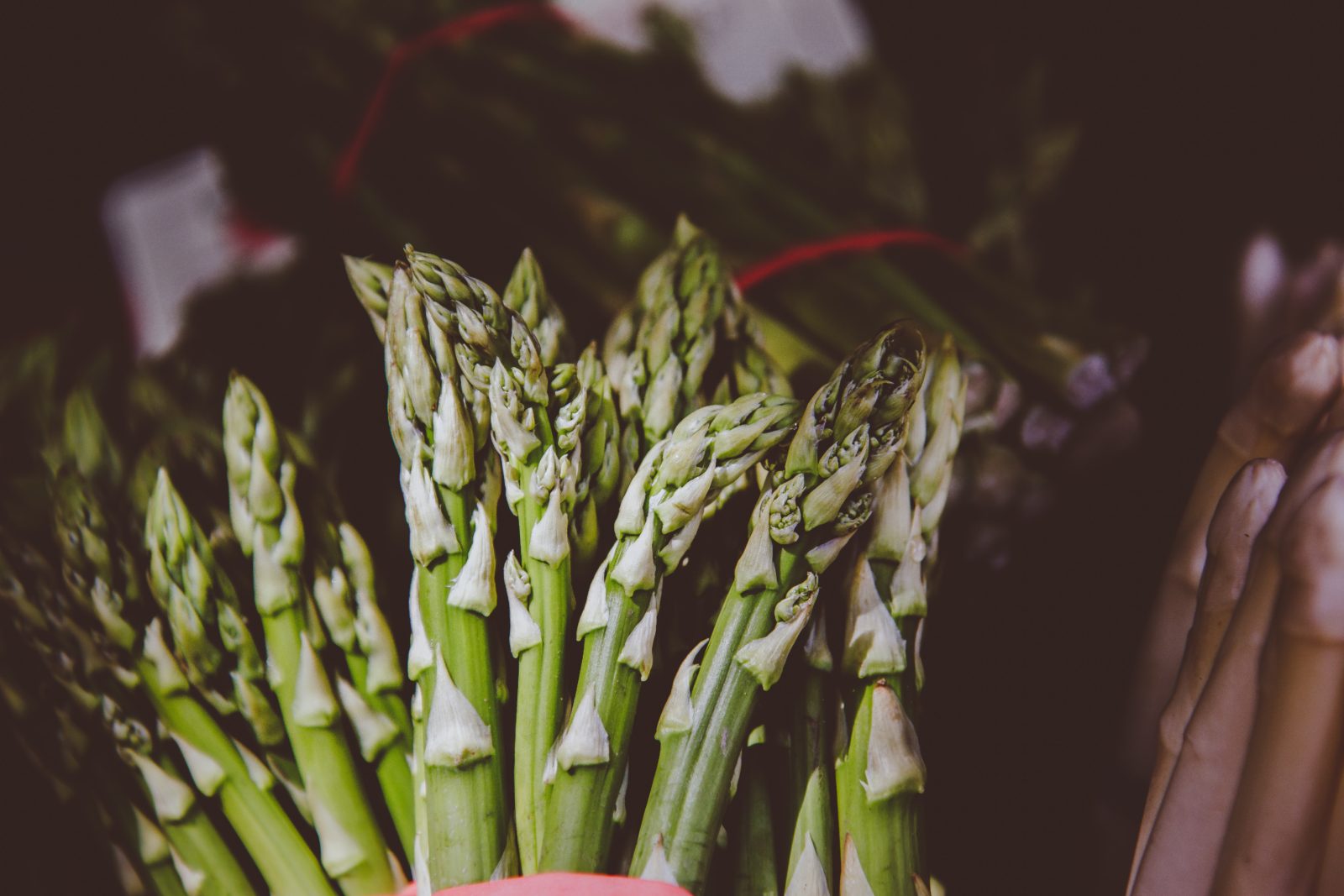As spring arrives, it’s finally time for asparagus season. In the Mělnicko region of the Polabí lowlands, locals are amid a bustling harvest of the prized vegetable. One local company cultivates asparagus on about 150 hectares, with nearly 300 people dedicated to the seasonal harvest. We visited the area to experience the atmosphere and capture footage with a camera.
Currently, local workers are experiencing their most excellent workload as the asparagus season peaks. Approximately 200 people are harvesting the crop in the fields around the village of Hostín u Vojkova, with additional employees working in the hall where the product is cleaned and packaged for sale in stores.
Asparagus is grown in rows, with 5.5 kilometers of rows per hectare. It can grow up to eight centimeters daily, so harvesting occurs daily.
“Production will gradually decline, but not dramatically. It will begin to decrease at the end of May and into June. That’s when white asparagus begins to disappear, and we continue with green asparagus until the holidays,” explained the company owner.
The difference between white, green, and purple asparagus is mainly in photosynthesis. “White asparagus is grown underground, where we simulate darkness. We even use black and white film, with the black side facing in to heat it and the white side facing out to cool it down,” said the owner.
The black film helps maintain darkness, and the asparagus has better texture and fragility. It is not affected by photosynthesis and therefore has different taste properties. For its growth, it requires light and sandy soil.
“After lifting the black sheet, we use a special tool called a dibble to puncture the ground to the desired length so that we can extract the asparagus from the ground,” said one worker.
Once harvested, the asparagus is transported in crates to the hall. It must be cooled to zero to one degree Celsius on the same day to stop metabolism. Before consumption, it is recommended to peel white asparagus because the skin is bitter.





